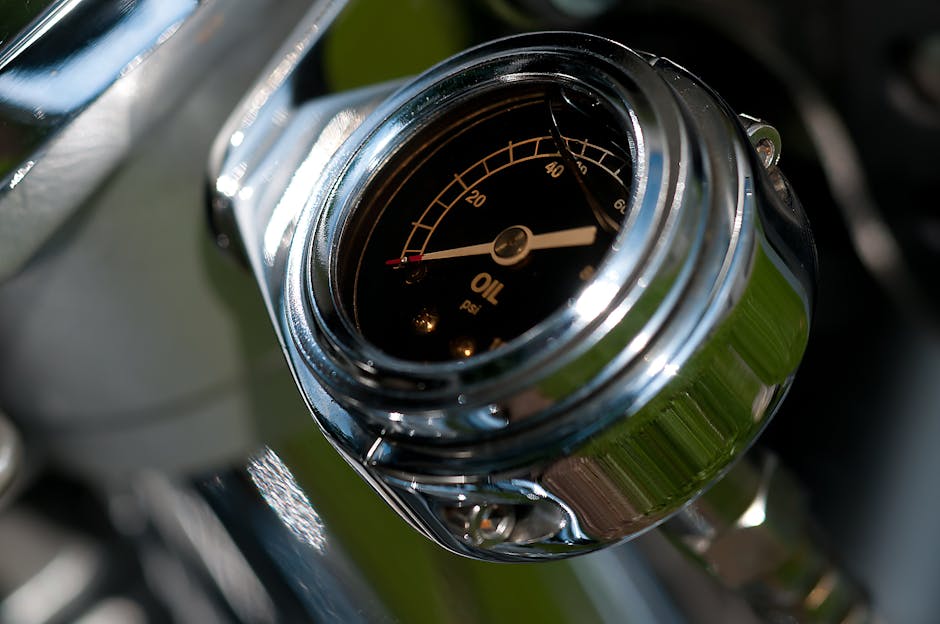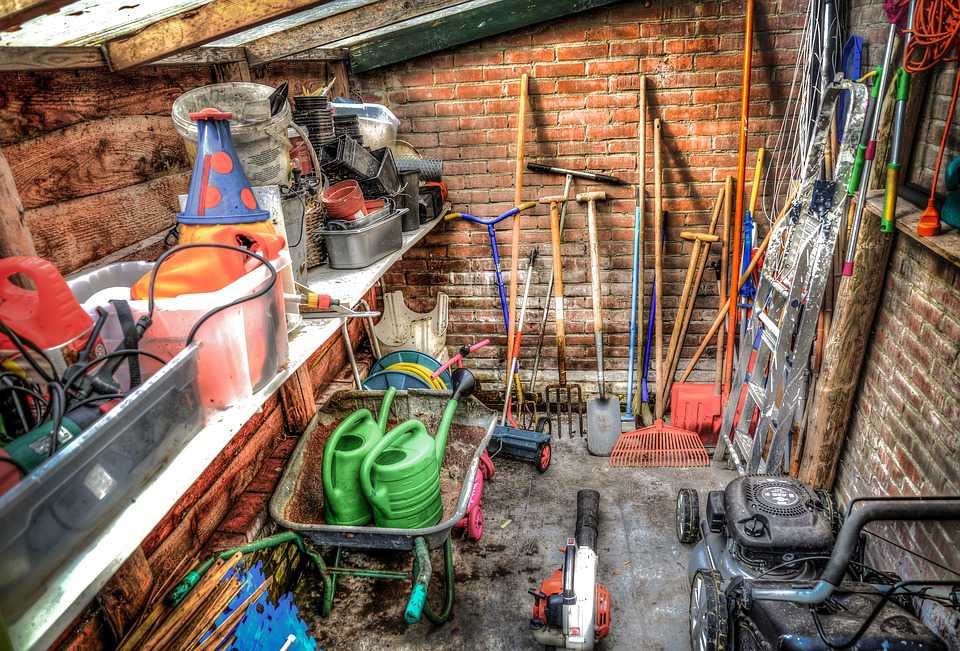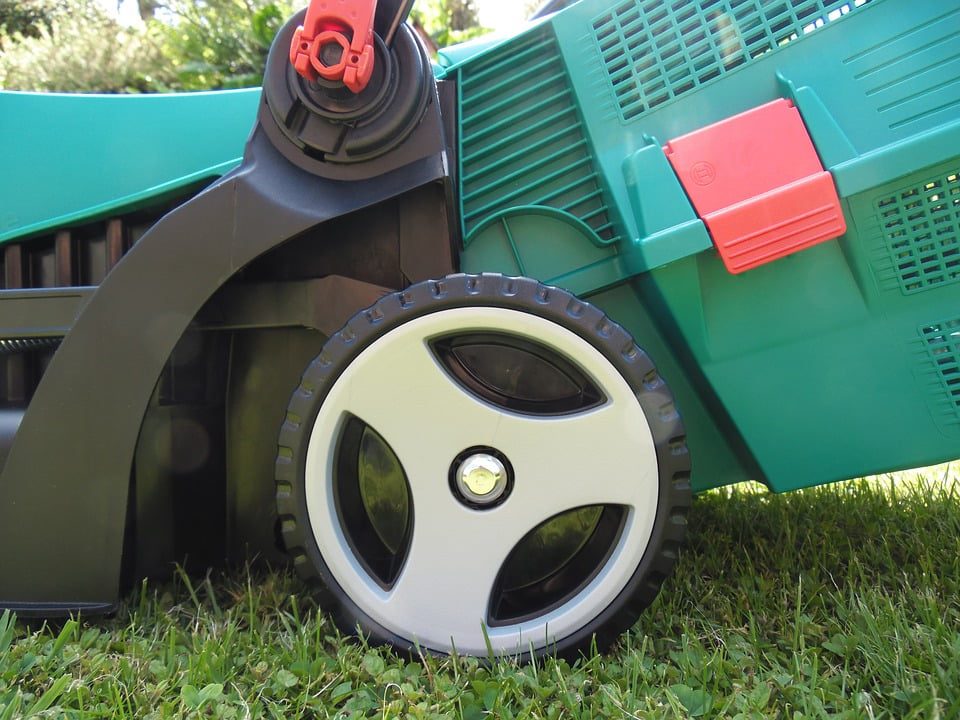Making Sure Your Mower Is Tucked Up This Winter
Forget what your lawn-addicted neighbour has been saying to make you feel super-guilty about your gardening habits; it’s totally acceptable to put your mower away for the winter now. Not only is it December, it’s proper cold. Seriously. We’ve already got into the habit of going to bed with a hot-water-bottle. Two pairs of socks on. Thick PJs. Mittens. AND… Michael Bublé playing through our radio (because nothing warms the soul more than the Bublé’s Christmas album – it’s pure, festive ecstasy). Alas, we have digressed.
So, getting back to the whole time-to-put-your-mower-away-thing, yeah, you can go ahead and pop it in your shed. Well, kind of. You see, there are a few little things you should be doing to help your trusty steed:
a) survive the winter in storage
b) extend its engine life
c) boost its performance when you finally pull that jump cord again next spring.
Of course, the most important thing you can do is make sure your shed/garage/basement/spareroom (delete accordingly) is both cool and dry and free from any leaks. As well as pop a cover over your mower. But, before you crack on with this, there are a few other things you can do to ensure your mower is properly winterized (if that’s a word, great; if it’s not, then we want to be accredited in the Oxford Dictionary with a special note referring to us as inventors).
So, without further ado, here are the six steps to take before you get to the shed:

Step 1: Fuel A Less Stressful Spring
If you wheel your mower into storage all willy-nilly, without giving half a thought to the fuel in the tank, then you are just asking for your carburettor to get clogged up. Sure, you may be fine with right now. However, you probably won’t be cool with it when you have to pay upward of £100 to have this part removed, professionally cleaned and then put back.
Luckily, this can be avoided with two simple options (depending on where you are planning to store your mower). If you are putting it in the basement – or your spareroom – we suggest you run the engine until all the fuel has been used. Simple. If you are going to plonk it in your shed or garage, however, then your best bet is to fill the tank right up (this will prevent any harm being caused by condensation) and then pop a splash of fuel stabiliser in. You can buy from a whole bunch of places. Not only will this protect your mower, it will actually help the engine run that much smoother (we have our arms stretched out wide, just in case you were wondering just how much).

Step 2: Keep Calm And Use Oil
Just like you would (read: should) with your car, you need to get into the habit of routinely changing the oil in your mower’s motor. Why? Because it will drastically extend the life of your engine, in the same way green tea will drastically extend your existence (that’s true by the way; we read it in a book). So, before you put your mower away, open up the oil cap so that you can access the reservoir. Have a look at how much oil is needed using the marker on the dipstick and then stick to this advice. Trust us, pouring too much oil into an engine is just as bad as pouring in too little.

Step 3: You Want A Nokia Battery
A lot of mowers don’t have a battery-operated startup system, but a lot of them do and these are the ones that will require a little more TLC during the winter. By this we mean a quick charge now and again. If you neglect this responsibility then you can have no complaints when your battery starts to fail more often because that’s what will happen. Seriously. Both your iPhone 5 and Susan’s relationships will last longer than your mower, and that will be as frustrating as it will be embarrassing.
Of course, you may be thinking; “meh, it’ll be fine, I’ll get old Daisy started in the spring and let her recharge as I use it,” which is a good plan. Except it won’t work like that because mower engines don’t fully recharge their batteries when in use. Now we know boosting the battery now and again sounds tedious and cold, but it really isn’t. It’s just a matter of finding a good podcast to listen to, dressing up warm and enjoying the awesome sight that is the inside of a shed.

Step 4: Scrub The Decks, Mi Matey (to be read in a pirate voice)
This is one of those chores you’ll wanna wear some gloves for because cleaning the grass off the underside of your mower’s deck is a pretty grubby job. There is a method to this madness, though, and that is rusting (as in we want you to avoid rusting, not voluntarily contract it). Now if you are still planning on getting one last mow in before Christmas, then the easiest way to clean the underside is with a good old-fashioned hosing down. Do this right after you’ve finished your ups and downs. If, however, you completed your final mowing session a fortnight or so ago, then you’re gonna want to use that wire sponge you’ve seen under your sink. Yup, it’s that kind of job.

Step 5: Sharpen Up, Buttercup
Yes, you could wait until spring to get your blades sharpened. After all, your mower isn’t going to get any action for the foreseeable future. But that’s the point. Your gardening to-do list is as sleek as it’s ever going to be. So it makes sense to get this kind of job done before the onslaught of spring kicks in. And you find your gardening to-do list has grown to three times the length of the Magna Carta. So, take your blade off and get it sharpened now. And buy a second blade while you’re at it. That way you can change your blades every month. Which is wise because it will stop your lawn from looking like it was hacked at by your six-year-old using a blunt axe.

Step 6: All Filter, No Filler
This is by no means a must-make move. However, it is well worth checking:
a) your mower’s air filter
b) your mower’s fuel filter.
Of course, we can’t tell you whether or not this is crucial because each mower is different. What you should do is dig through your man drawer to see if you still have the owner’s manual. If you do, then see what it says about cleaning or changing these filters. If you can’t find your owner’s manual, then you should scream at the sky and… oh, wait… no… don’t do that… we have Google… yeah… just consult that. Done.
Okay, with all that clear up, you can now put your mower in storage. Simple.





